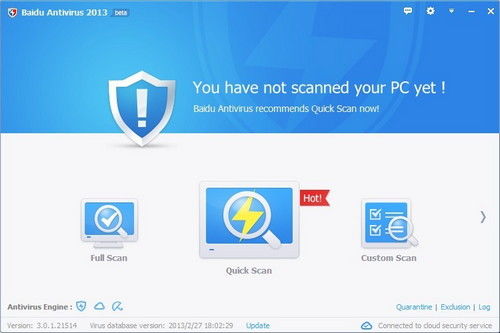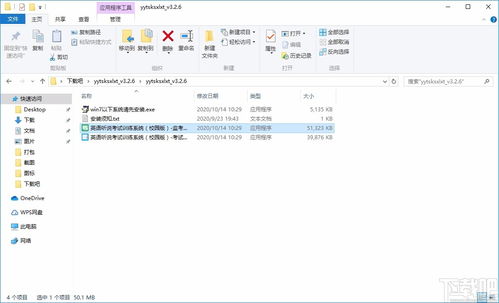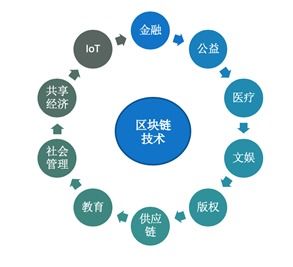Understanding Software Security: A Comprehensive Guide
Introduction to Software Security

Software security is a critical aspect of modern technology, ensuring that applications and systems are protected against various threats and vulnerabilities. In this article, we will delve into the concept of software security, its importance, and the measures taken to safeguard digital assets.
Tags

- Software Security
- Cybersecurity
- Application Protection
- Security Measures
The Importance of Software Security

Why is Software Security Essential?

Software security is crucial for several reasons. Firstly, it protects sensitive data from unauthorized access, ensuring privacy and compliance with regulations. Secondly, it prevents financial losses due to data breaches and system downtime. Lastly, it maintains the reputation and trust of organizations by providing reliable and secure services.
Common Threats to Software Security

Understanding Common Threats

Several threats can compromise software security. These include:
Malware: Software designed to damage, disrupt, or gain unauthorized access to computer systems.
Phishing: A fraudulent attempt to obtain sensitive information such as usernames, passwords, and credit card details.
SQL Injection: An attack that involves inserting malicious code into a SQL-using database via a vulnerable website.
Denial of Service (DoS): An attack aimed at overwhelming a system or network, rendering it unusable.
Security Measures for Software Development

Implementing Security Measures

Several security measures can be implemented during the software development process to mitigate risks:
Secure Coding Practices: Following best practices for coding, such as input validation, output encoding, and proper error handling.
Regular Security Audits: Conducting periodic audits to identify and fix vulnerabilities in the software.
Encryption: Using encryption to protect sensitive data both in transit and at rest.
Access Control: Implementing strong access control mechanisms to ensure that only authorized users can access sensitive information.
Secure Development Lifecycle (SDLC)

Secure Development Lifecycle (SDLC)

The Secure Development Lifecycle (SDLC) is a structured process that integrates security into the software development process. It consists of the following stages:
Requirements Gathering: Identifying security requirements and incorporating them into the project scope.
Design: Ensuring that the software architecture is secure and resilient.
Implementation: Applying secure coding practices and conducting code reviews.
Testing: Performing security testing to identify and fix vulnerabilities.
Deployment: Ensuring that the software is deployed securely and monitoring for potential threats.
Continuous Monitoring and Incident Response

Continuous Monitoring and Incident Response

Software security is not a one-time effort; it requires continuous monitoring and incident response. This involves:
Monitoring: Using security tools to detect and respond to potential threats in real-time.
Incident Response: Having a plan in place to quickly and effectively respond to security incidents.
Training: Ensuring that all team members are aware of security best practices and potential threats.
Conclusion

Software security is a critical aspect of modern technology, protecting sensitive data and ensuring the reliability and trustworthiness of applications and systems. By implementing security measures, following the SDLC, and maintaining continuous monitoring, organizations can safeguard their digital assets and provide secure services to their users.









































